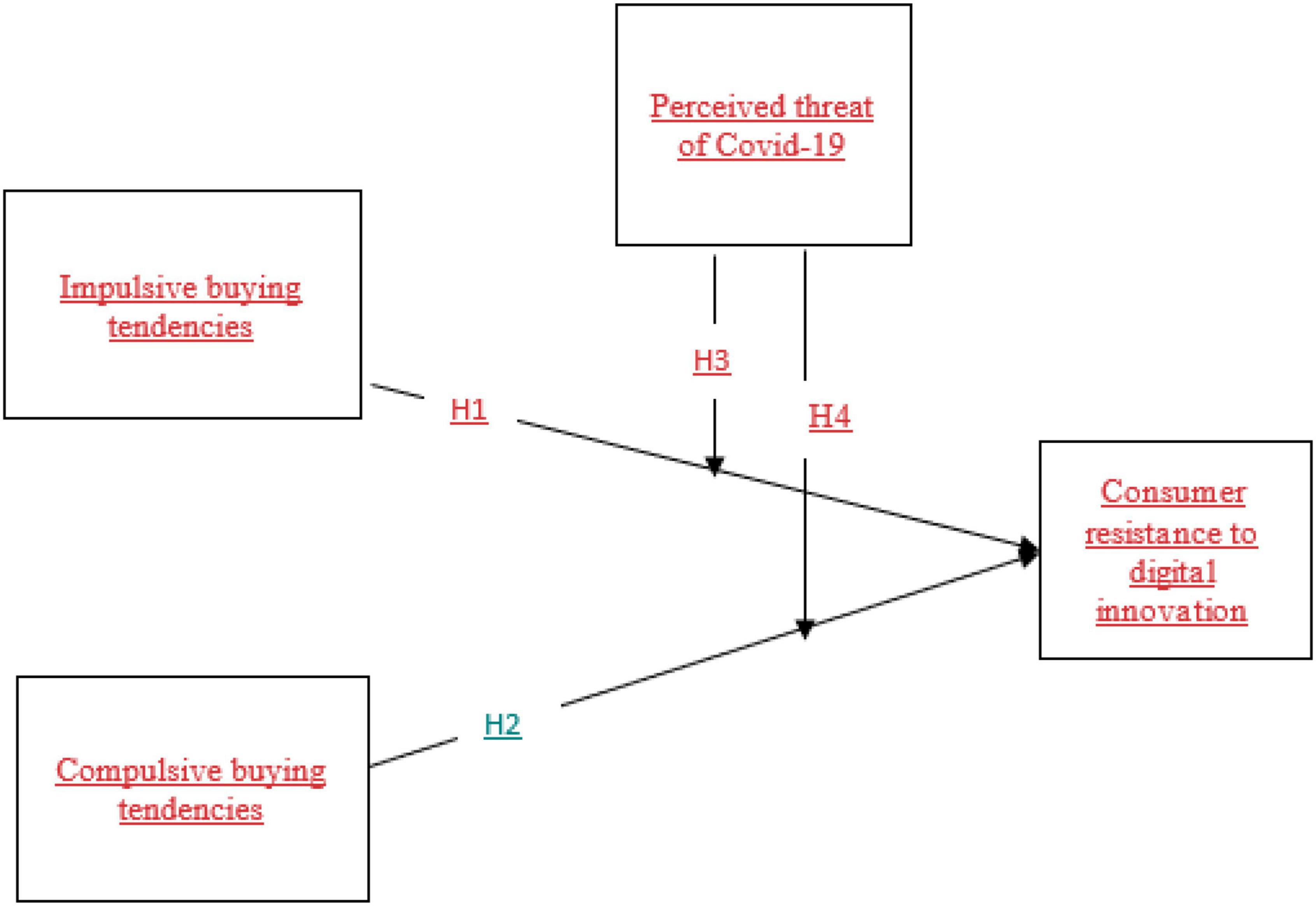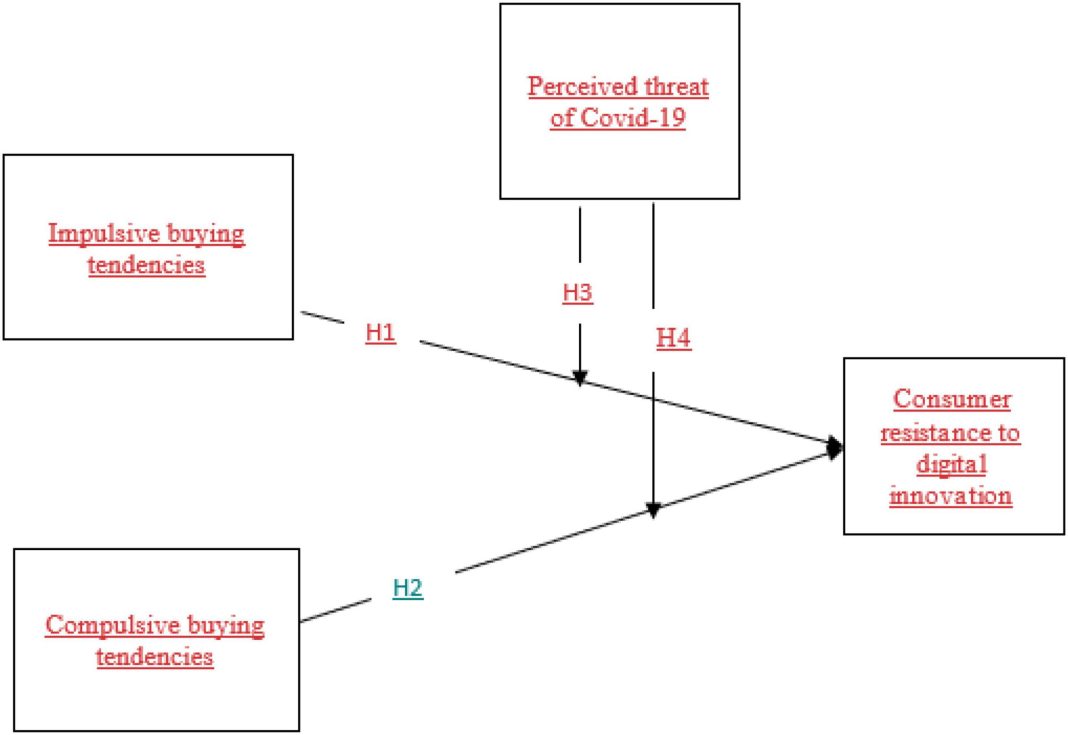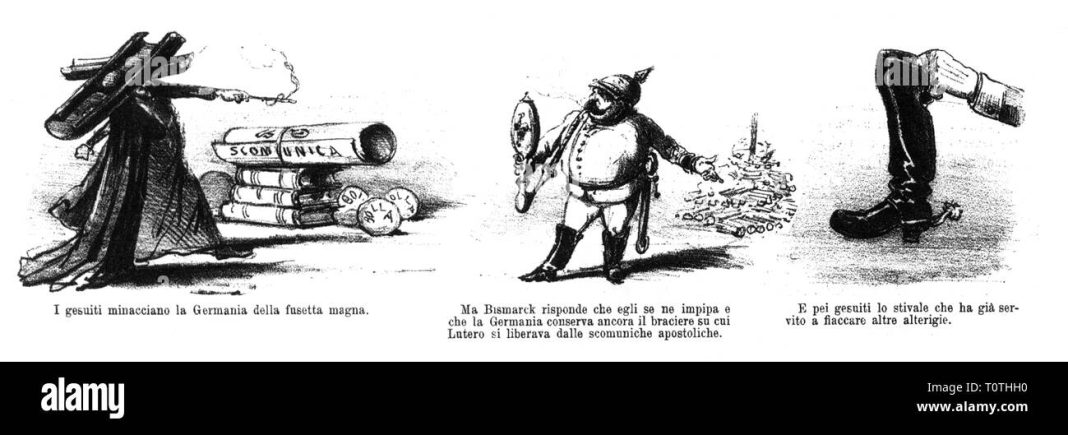 Shrinkflation vs. Greedflation: Understanding Pricing Strategies in the Face of Inflation
Shrinkflation vs. Greedflation: Understanding Pricing Strategies in the Face of Inflation
Introduction:
In recent years, inflation has become an undeniable reality, leading to rising prices across various industries. However, the question arises: when companies have the opportunity to increase prices beyond their own cost increases, is it justified or simply a case of opportunism? Two common pricing strategies that have emerged in response to inflation are “shrinkflation” and “greedflation.” In the former, companies reduce the size of their products while maintaining the same price, while in the latter, the price is increased without a corresponding increase in production costs. This article explores the implications of these strategies on consumers and businesses, highlighting the potential long-term consequences of prioritizing short-term profits.
The Impact of Shrinkflation and Greedflation on Consumers:
The rising prices of essential goods and household items have garnered significant attention. While companies argue that the increases are necessary due to their own rising costs, a Fortune analysis reveals that the net income of half of the 28 food and consumer goods manufacturers listed in the Fortune 500 has actually risen compared to pre-pandemic levels. This disparity suggests that some companies may be using inflation as an opportunity to boost profits. Unfortunately, it is lower-income families who bear the brunt of these price hikes, as they spend a larger proportion of their earnings on basic necessities.
Consumer Pushback and the Erosion of Trust:
Consumers are not taking these pricing strategies lying down. They are increasingly pushing back against retailers who engage in what they perceive as opportunistic pricing. Starbucks, for example, has experienced a significant loss of customers due to high prices and slow service. Research has shown that regaining lost customers is a challenging task, indicating that the short-term profit gained from price increases may come at the expense of long-term customer loyalty and trust. This erosion of trust can have far-reaching implications for businesses, as customer loyalty is crucial for sustained success.
Retailers Responding to Consumer Concerns:
Retailers are finally starting to feel the impact of consumers’ resistance to high prices. After two years of inflation-related price increases, stores are now dropping prices on thousands of products. Ikea, for instance, has slashed prices on hundreds of items, including an 18-piece dinnerware set and a glass door bookcase. Walgreens and Target have also announced price cuts on multiple products. This response from retailers demonstrates a recognition of the need to address consumer concerns and maintain their spending power.
The Struggle of Consumers to Keep Up with Rising Prices:
While consumers are fighting against rising prices, they are also facing challenges in maintaining their spending levels. Consumer spending has increasingly relied on credit cards and savings accounts, with credit card balances exceeding $1 trillion for the first time. Rising interest rates and delinquencies, particularly among lower-income consumers, further compound the issue. Additionally, the depletion of excess savings accumulated during the pandemic has contributed to a slowdown in consumer spending. As a result, if a long-awaited recession were to occur, delinquent credit card accounts and personal bankruptcies may see a sharp increase.
Addressing the Growing Household Debt:
To navigate the growing household debt fueled by inflation, individuals can take several steps. Setting aside money in an interest-bearing account for the future can help mitigate the impact of rising prices. Tracking expenses and identifying areas where costs can be reduced is another effective strategy. Additionally, focusing on paying down variable rate loans and choosing credit cards with rewards can provide more value from purchases. Seeking the guidance of a credit counselor, implementing a debt payoff strategy, exploring additional income sources, and minimizing spending can also contribute to managing household debt effectively.
The Long-Term Consequences of Inflation:
Inflation has resulted in a 20 percent increase in prices on average, significantly impacting individuals’ standard of living. Without proportionate increases in compensation, workers are faced with a reduced quality of life compared to previous years. While current inflation rates hover around 3 percent, achieving a return to pre-inflation prices seems distant. The persistent effects of inflation highlight the need for balanced strategies that consider the long-term impact on consumers and businesses alike.
Conclusion:
As inflation continues to affect various industries, companies must carefully consider their pricing strategies. While shrinkflation and greedflation may yield short-term gains, they can erode customer loyalty and trust in the long run. Consumers, on the other hand, must navigate the challenges of rising prices and growing household debt. By implementing effective financial management strategies and seeking guidance when needed, individuals can mitigate the impact of inflation on their lives. Ultimately, achieving a balance between profitability and consumer satisfaction is crucial to ensuring sustainable economic growth.


